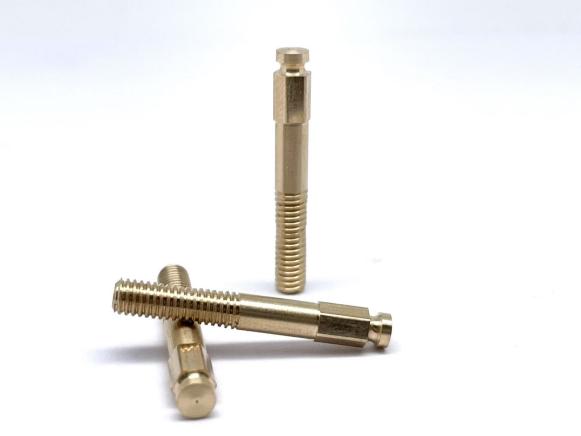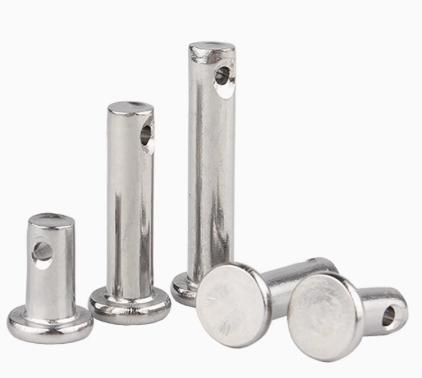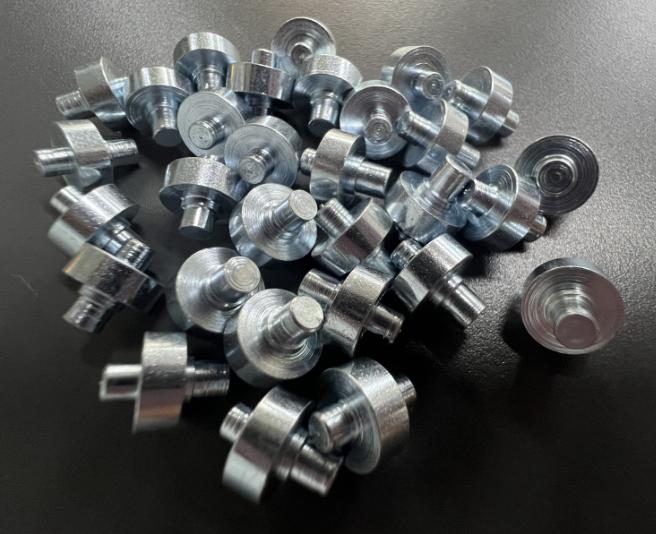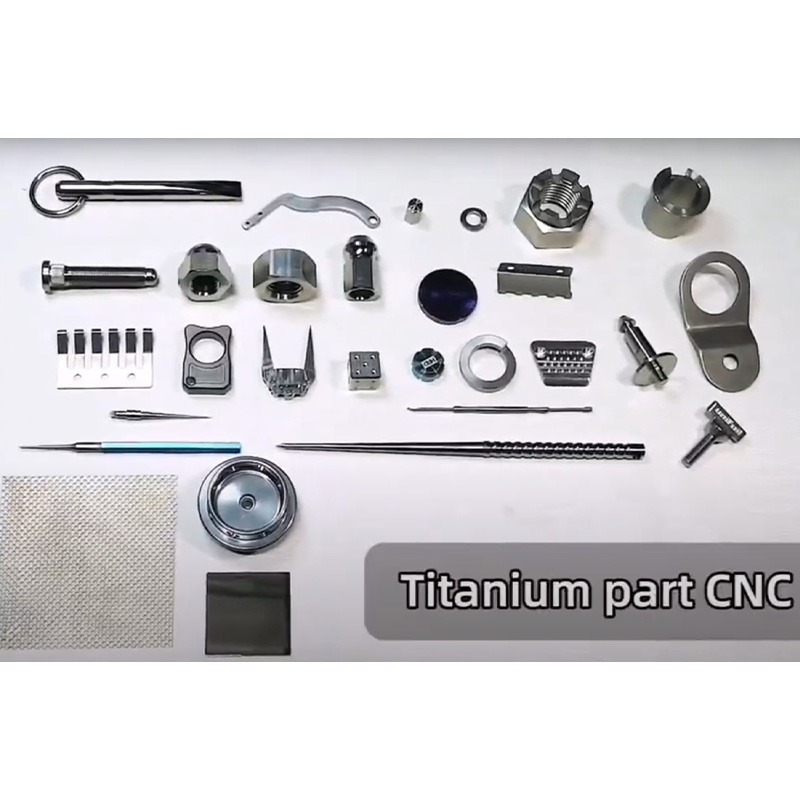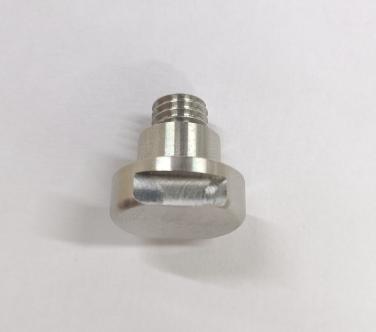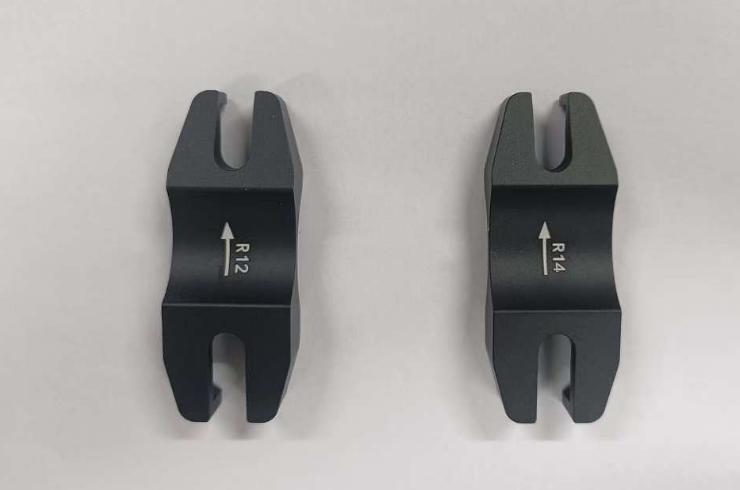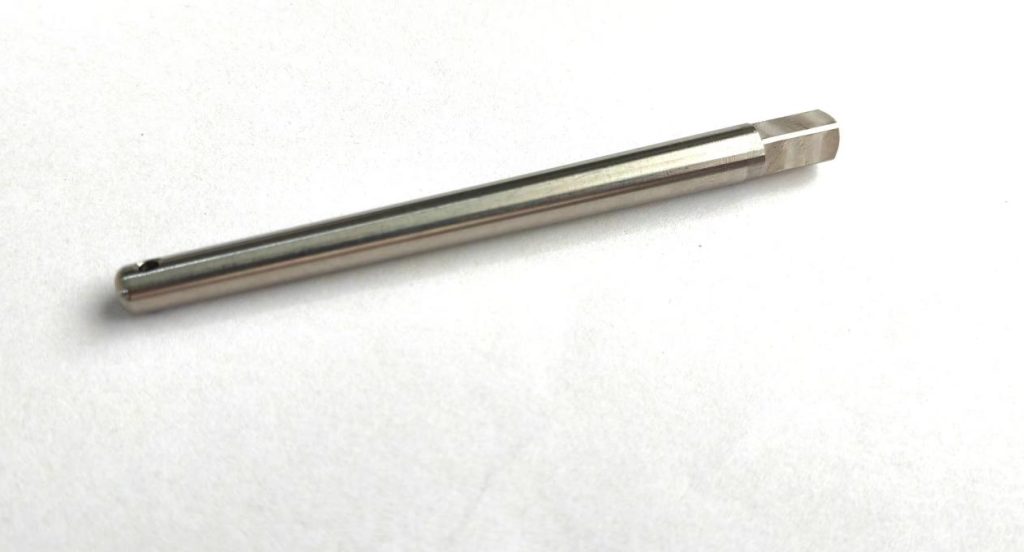Understanding the Processes and Techniques of CNC Lathe Machining
In the realm of CNC machining, the utilization of CNC lathes holds a prominent position. These machines play a crucial role in the daily production activities of CNC machining centers. For individuals seeking knowledge in this field, understanding CNC lathe machining is essential. In this article, we will delve into the various aspects of CNC lathe machining, providing comprehensive insights for a better understanding.
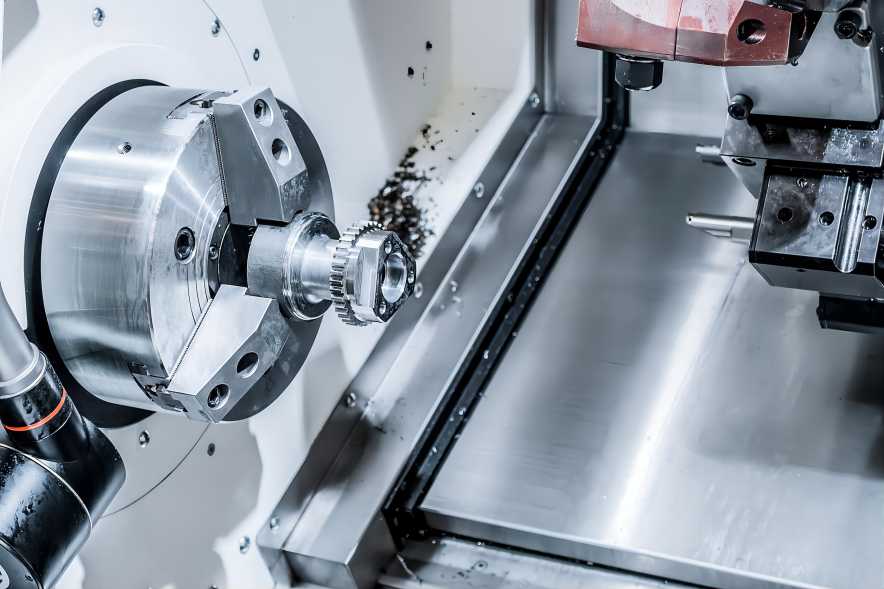
CNC Lathe Machining Process Analysis
Analyzing the machining process is imperative to ensure its efficiency, correctness, and its impact on the quality and precision of machined parts. Programming requires a deep understanding of the performance principles, structure, and usage of the machine tool, along with proficiency in programming languages and formats.
1. Analysis of Part Drawings
The analysis involves scrutinizing dimensioning methods, contour geometry features, accuracy, and technical requirements of the part drawings. Additionally, the rationality analysis of part structure and machining requirements is vital, along with selecting appropriate process benchmarks.
2. Analysis of Accuracy and Technical Requirements
A critical aspect is the analysis of the precision and technical aspects of machining parts. Accurate analysis allows for the proper selection of machining methods, fixture methods, cutting tools, and cutting parameters to achieve the required precision post-machining.
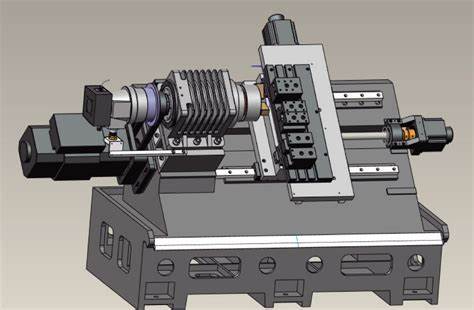
Steps for CNC Lathe Machining
The CNC lathe machining process encompasses a series of pivotal stages, each playing a crucial role in ensuring the precision and efficiency of the final product. Let’s delve deeper into the detailed steps involved in CNC lathe machining.
- Selection and Determination of Machining Content
The initial step involves a meticulous process of identifying and finalizing the specific CNC turning machining content required for the given part. This encompasses a comprehensive evaluation of the part’s design and specifications to determine the most suitable machining approach.
- CNC Turning Drawing Process Analysis
Following the content selection, a thorough analysis of the CNC turning drawing process is conducted. This step is essential for gaining a profound understanding of the intricate requirements and specifications embedded in the part’s design. It involves scrutinizing the dimensions, geometric features, and technical intricacies outlined in the CNC turning drawings.
- Tool and Fixture Selection
With a clear comprehension of the machining content and drawing specifications, the next critical stage involves the selection of appropriate tools and fixtures. This process is driven by a need for precision, necessitating careful consideration of the tools’ compatibility with the design. Adjustments are made to ensure seamless accommodation of the chosen tools and fixtures.
- Design Machining Processes and Steps
Building upon the tool and fixture selection, the machinist is tasked with developing detailed machining processes and outlining the sequential steps for execution. This step involves strategic planning to ensure that the chosen tools and fixtures are applied optimally, aligning with the intricacies of the part’s design.
- Calculation and Optimization of Machining Paths
Efficiency is a key focus during CNC lathe machining. This step involves the meticulous calculation and optimization of machining paths. The objective is to enhance the overall efficiency of the process, minimizing unnecessary movements and maximizing precision. Optimization ensures a streamlined approach to achieving the desired outcome.
- Writing, Verifying, or Modifying CNC Turning Programs
The heart of CNC lathe machining lies in the creation, validation, or modification of CNC turning programs. This step demands a deep understanding of programming languages and formats. The machinist translates the designed processes into executable programs, ensuring the seamless orchestration of the machining operations.
- First Trial Machining
Following the programming phase, the CNC lathe is initiated for the first trial machining. This practical step allows machinists to observe the real-world execution of the programmed operations. Any issues or deviations that arise during this trial phase are meticulously addressed and adjusted, ensuring that the final machining meets the required specifications.
- Preparation of CNC Machining Process Technical Documents
The culmination of the process involves the compilation of comprehensive CNC machining process technical documents. These documents serve as a crucial reference for future operations and execution. They encapsulate the detailed steps, tool selections, and programming specifics, providing a comprehensive guide for maintaining consistency and quality in subsequent machining endeavors.
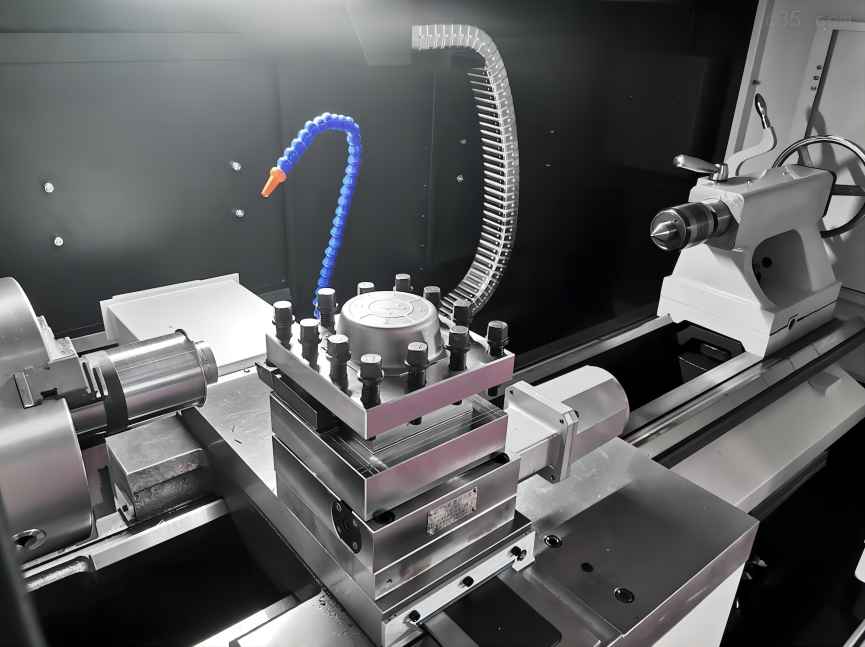
Tips for CNC Lathe Machining
To excel in CNC machining, machinists should consider the following tips:
Read Extensively on CNC
Acquire knowledge about various CNC systems, PLC programmable logic controllers, programming methods and languages, and different types of machine tools. Understanding control panels is crucial, so focus on key points while reading to gain a thorough understanding of CNC system basics.
Study Electrical Diagrams
Analyze electrical diagrams, highlighting electrical components. Different countries have varying regulations and standards for electrical symbols, so be attentive to these variations. Understand the functions and connections, and if the diagram is complex, break it down for better comprehension.
Read in Foreign Languages to Enhance Reading Skills
Fluency in a foreign language is beneficial for a CNC maintenance professional. Regularly reading foreign technical materials not only improves language skills but also provides access to the latest technological advancements.
Ask Questions and Seek Guidance
When troubleshooting a machine, inquire about the entire process of the issue. Avoid assumptions or casual inquiries, as they may lead to misjudgments. Clear, detailed questions, coupled with thorough investigations, result in accurate and swift issue resolution.
Think Critically and Practice Regularly
Encountering problems should prompt critical thinking. Avoid falling into habitual thought patterns and list all possible causes for a given issue. Familiarize yourself with the situation before taking action. For uncertain faults, use multiple methods to confirm the cause. Instrumental testing aids in fault analysis, especially for intricate problems.
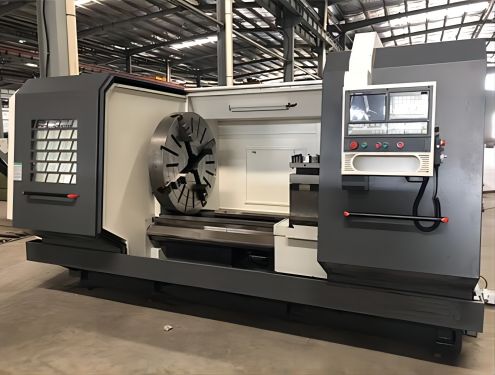
Conclusion
CNC lathe machining is a multifaceted process that demands meticulous attention to detail and a profound understanding of machine tool performance. By following the outlined steps and incorporating the suggested tips, CNC machinists can enhance their skills, contributing to more efficient and precise machining processes. Continuous learning, practical experience, and critical thinking are pivotal for success in the dynamic field of CNC machining.

